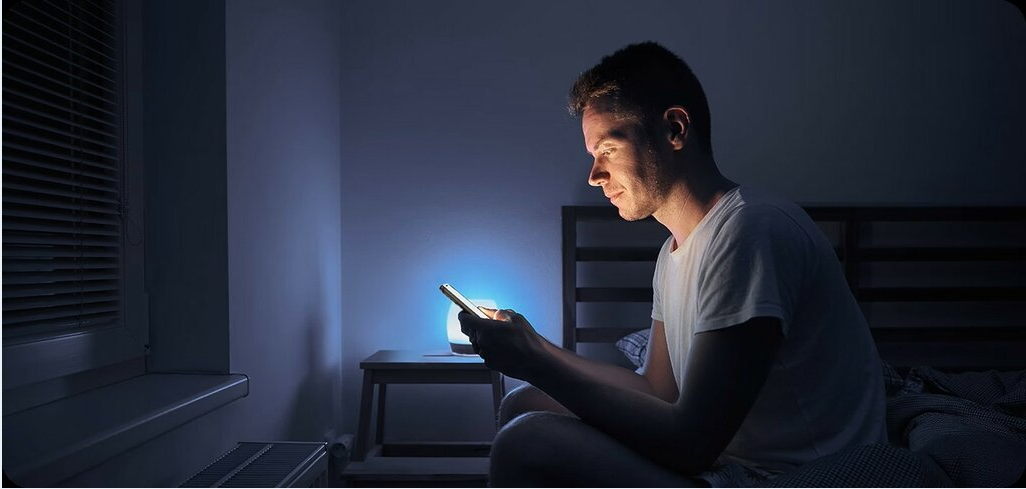
Le débat sur l’expérience visuelle : OLED ou LCD, quelle technologie est la meilleure pour vos yeux ?
These days, people regularly spend more than eight hours a day in front of electronic screens. The visual experience offered by devices such as mobile phones, computers, and televisions has a direct impact on eye health and user experience. As the two dominant screen technologies, OLED and LCD are the subject of ongoing debate about which is more eye-friendly. In reality, neither technology offers an absolute advantage in terms of eye protection; their performance depends on their underlying light emission principles and dimming techniques, and is ultimately determined by the user’s specific usage scenarios and viewing habits.
Fundamental differences
LCD screen lighting logic
LCD screens use an indirect lighting model. The backlight layer first emits white light, which is then modulated by liquid crystal molecules to adjust light transmission. After passing through color filters, this light forms the displayed image. This multi-layered refraction of light closely mimics the diffuse reflection of natural light. Just as when reading a printed book near a window, the light is soft and not glaring, avoiding the intense direct pressure on the retina associated with overly bright lighting.
OLED screen lighting logic
OLED screens use a self-emissive pixel design, where each pixel can turn on or off independently without requiring a backlight layer. This allows for the display of pure blacks and exceptionally high contrast, similar to starlight in a completely dark room, delivering a striking visual impact. However, this also means that countless tiny light-emitting diodes shine directly into the eyes, which can cause glare in very bright scenes.
Adaptation to the scenario
Prolonged office work and reading
For office workers and students who spend hours daily processing and reading documents on screens, the eye-protection benefits of LCDs are particularly pronounced. Flicker-free DC dimming technology reduces invisible eye strain, minimizing discomfort such as dryness or pain, even after several hours of continuous use. Most LCD screens also feature anti-reflective coatings that effectively reduce glare when used outdoors or under bright lighting.
Use at night and in low light conditions
In situations such as browsing the web before bed or working at night, the choice of screen has a direct impact on eye health and sleep quality. High-end OLED models optimize dimming technology and incorporate low-light eye protection modes. This allows them to maintain their low blue light advantage while reducing flicker discomfort. Full-screen DC dimming eliminates visible flicker in dark rooms. Combined with warm-toned eye protection modes, the light emits a soft, warm yellow hue reminiscent of candlelight or a nightlight, thus minimizing eye strain.
Audiovisual and games
OLED’s high contrast and fast response time reveal intricate details in cinematic shadows and eliminate motion blur in gaming visuals, delivering immersive experiences. LCD screens, on the other hand, prioritize an eye-care and value-for-money approach. High-end LCDs equipped with Mini LED backlighting technology can significantly improve contrast, approaching OLED picture quality while retaining the eye-care benefits of DC dimming. Especially during sales events like HONOR Black Friday , many Mini LED models offer promotional deals, making them an exceptionally cost-effective choice for budget-conscious users seeking both picture quality and eye protection.

Summary
Technological advancements have gradually narrowed the gap between the two technologies in terms of eye protection. Both OLED’s high-frequency dimming and LCD’s Mini LED innovation are evolving toward a balance between image quality and visual comfort. Ultimately, the choice between different screen types depends on your usage scenarios and your eye sensitivity. No screen is completely safe for the eyes. The key lies in choosing what works best for you and adopting scientifically proven eye care practices: this is the fundamental approach to preserving your vision.






